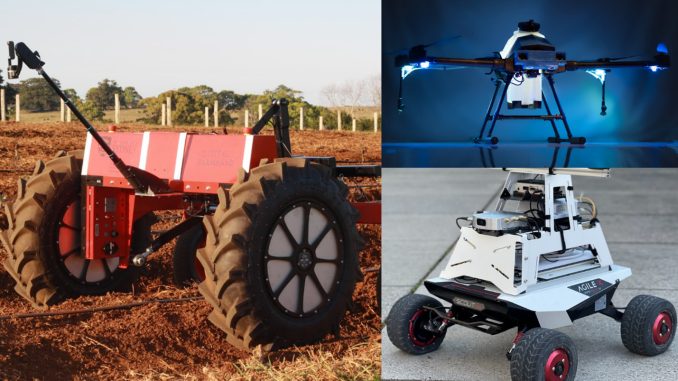
Robotics in agriculture represents a significant shift in how we approach food production and farm management. As the global population continues to rise, the demand for sustainable, efficient, and productive farming methods becomes increasingly important. AI-powered robots are at the forefront of this agricultural revolution, offering solutions that are not only innovative but also crucial for the future of farming.
The Rise of Agri-Robots
Agricultural robots, or agri-robots, are designed to handle a wide range of tasks traditionally done by humans or large machinery. These include planting seeds, harvesting crops, fruit picking, weed control, and monitoring crop health. What sets these robots apart is their efficiency and precision, enabled by advanced AI algorithms and machine learning techniques. They can analyze vast amounts of data from various sources, such as satellite imagery and on-field sensors, to make informed decisions that optimize crop yield and reduce waste.
Precision Farming
One of the most significant advantages of AI-powered robots is precision farming. This approach involves making precise measurements of variations within a field and adapting the farming strategy accordingly. For example, robots equipped with sensors can detect which areas of a field are lacking in nutrients and apply the exact amount of fertilizer needed. This not only conserves resources but also prevents the over-application of chemicals, leading to more sustainable farming practices.
Benefits to Farmers
Farmers stand to benefit immensely from the adoption of robotics in agriculture. Robots can operate around the clock, regardless of weather conditions, significantly increasing productivity. They also help reduce the heavy labor traditionally associated with farming, allowing farmers to focus on more strategic aspects of farm management. Additionally, by automating routine tasks, robots reduce the need for skilled labor, which is often in short supply in rural areas.
Challenges and Future Directions
Despite their potential, the widespread adoption of agricultural robots faces several challenges. High initial investment costs, lack of technological infrastructure in rural areas, and concerns about job displacement are significant hurdles. However, as technology advances and becomes more affordable, these barriers are expected to diminish.
The future of robotics in agriculture is likely to involve even greater integration of AI and machine learning. Robots will become more autonomous, able to handle complex tasks with minimal human intervention. There’s also potential for swarm robotics, where multiple robots work together to achieve a common goal, further increasing efficiency and productivity.
Conclusion
AI-powered robots are revolutionizing farming, making it more efficient, sustainable, and productive. While challenges remain, the potential benefits of robotics in agriculture are too significant to ignore. As we continue to innovate and adapt, the role of robots in agriculture is set to become increasingly central, helping to feed the growing global population while protecting the environment. This revolution isn’t just about technology; it’s about ensuring a sustainable and prosperous future for everyone.